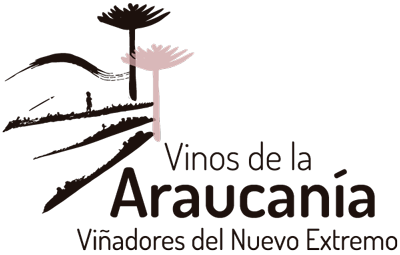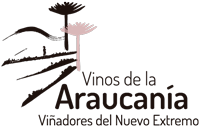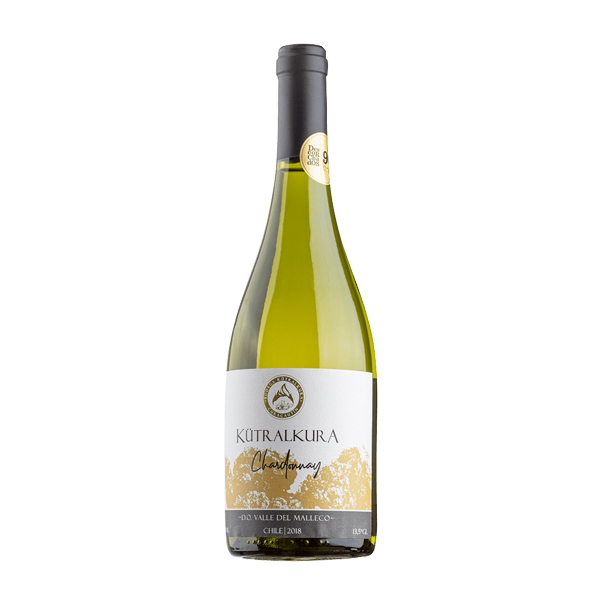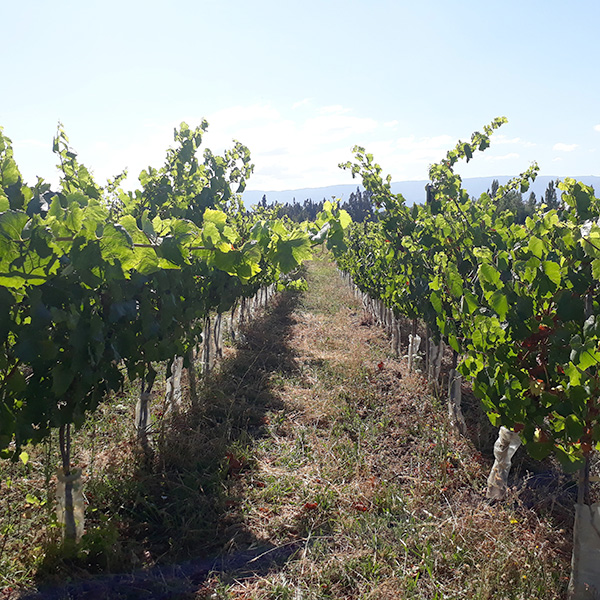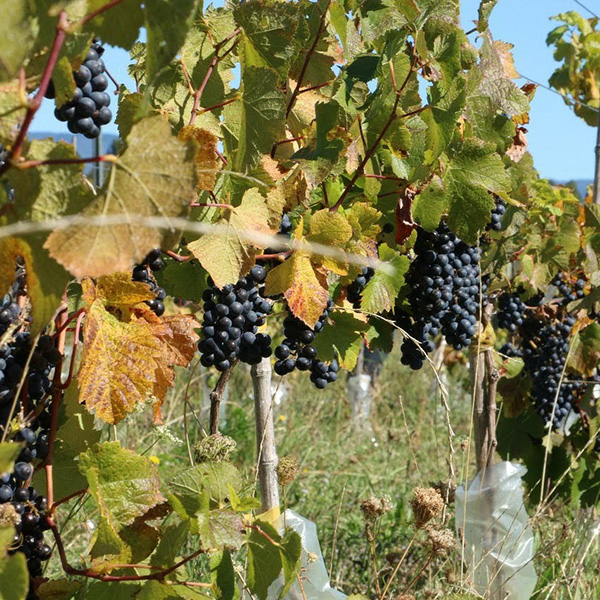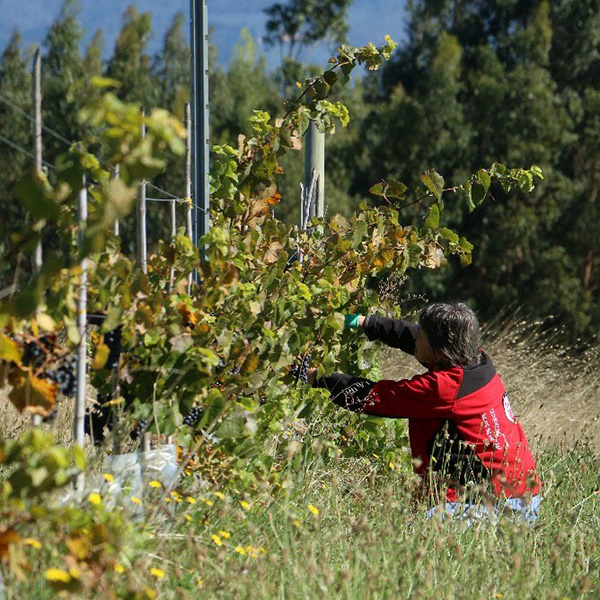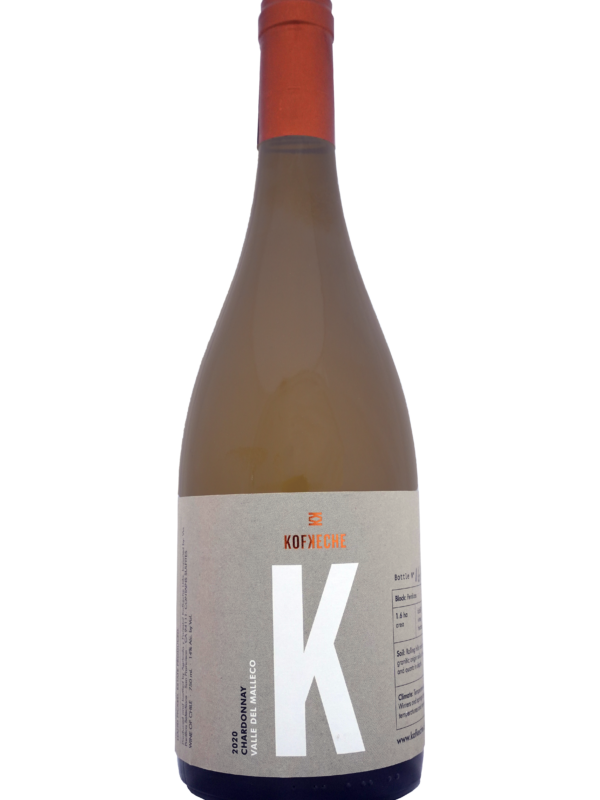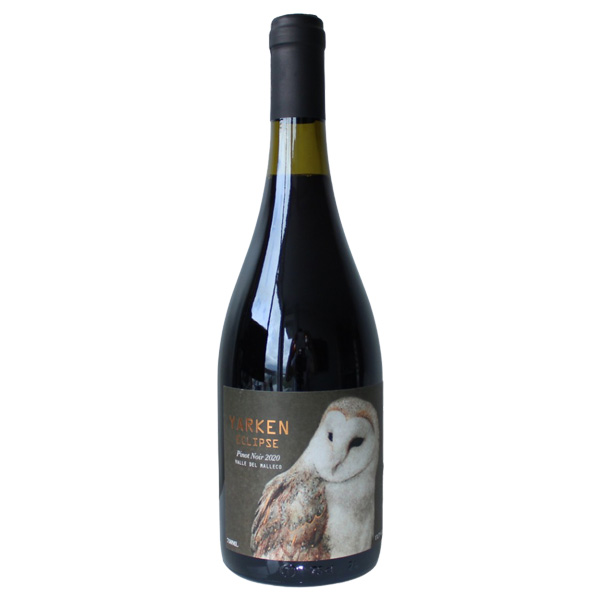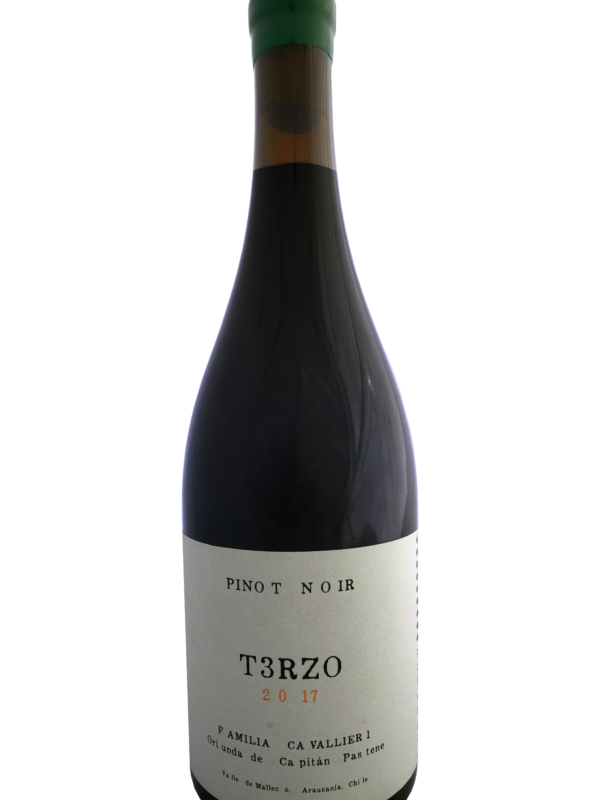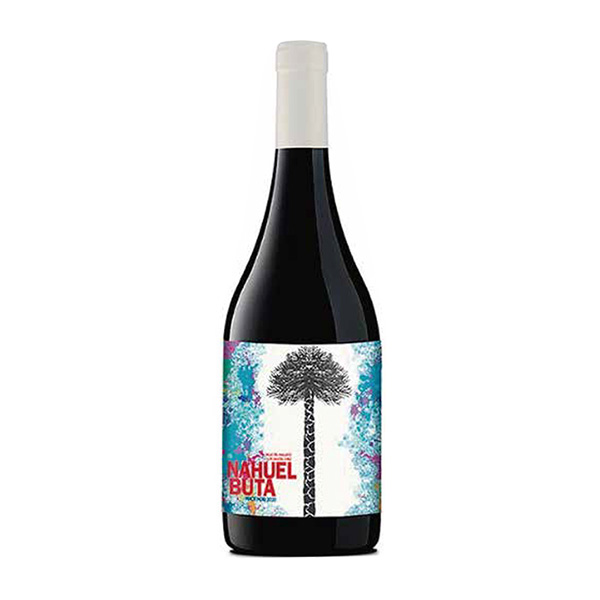Kütralkura Chardonnay
 WINERY KÜTRALKURA
WINERY KÜTRALKURA
Years: 2019 / 2020 / 2021
100% Chardonnay
Alcohol: 14%
Bottles Produced: 2,000
DO Malleco Valley, La Araucanía
Description
Description
Kütralkura Chardonnay originates from the seven-year old vineyard at Angol, located in the Cutipay sector (37°82’62” – 72°62’48”) in the Malleco Valley at an altitude of 200 meters (600 feet). Its clay soils are calcareous, offering a real expression of minerality. Angol has a very particular climate, Mediterranean, in which it suffers, compared to other parts of the region, no springtime frosts that might damage the vines. The vineyard itself is located in a hilly area with strong winds. No herbicides are used during the period of the vine growth.
Vines are vertically trellised, with a gravity flow, furrow irrigation system in place that is used infrequently, only three times per season. The goal is to encourage the vines’ roots to find an optimal amount of water in the soil to establish a rainfed farming system that is most sustainable with the environment. The vineyard is maintained in sustainable manner, with applications of sulfur and copper only for prevention purposes.
The winery has central air conditioning and heating, and is equipped with a destemmer, stainless steel tanks with refrigeration jackets, French oak barrels, and a pneumatic press. Annual production is 5,000 liters.
The vinification of the 2019 Chardonnay started with destemming and five hours of skin contact in the press to extract aromas and polyphenols that resulted in a more complex wine with great potential for aging and evolution. Josefina extracted 60% of the grape material from the press that she allowed to settle naturally under cold temperatures for 24 hours before racking and inoculation with selected yeasts. After the start of fermentation, 30% of the must was placed into second use French oak barrels to continue the process there. Fermentation temperatures never exceed 17 °C (63 °F), preserving the grape’s natural flavors and aromas, and the process continued for 18 days. From there came the aging period, during which she stirred the lees through batonnage in the case of the wine resting in barrels, and through pump-over in stainless steel tanks, every fifteen days for a period of 10 months.
